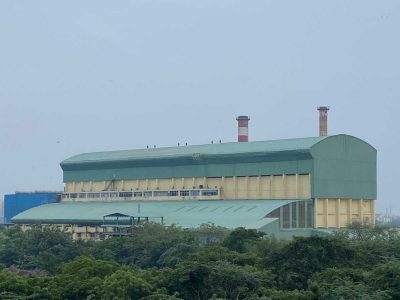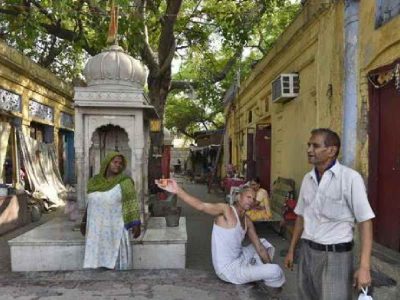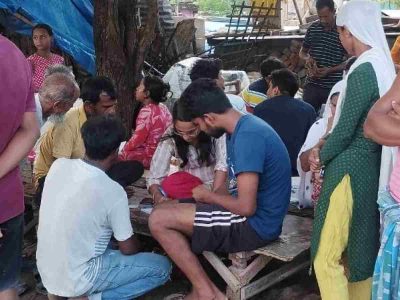Around 6 pm, in the bustling neighbourhood of old Delhi, stands a shop with only one or two customers: Color Magic Studios, the first picture studio in Old Delhi.
“We began in 1993 when my elder brother, Pasha Khan, decided to convert his passion for photographing his friends into a business”, says owner Tanzeel Khan.
He continues, “My brother set up a photo studio for modelling and started a new trend in the photography world. Many people had no idea about it at that time, so we popularized it.”
While big names like Prem and Rama Studios used to charge Rs 250 for each shot, Khan kept the rates affordable. “We charged 15 to 20 rupees for one photo. Our firm took a year to get started, and we used to shoot 100 images daily in 1995, earning between Rs 1000-1500 per day for the next decade”, Khan says.
Clicked and treasured
Sharing one of his most memorable experiences, Khan recalls an Eid when his family was visiting their hometown in Marwa, Bihar. “On returning home from reading namaz on Eid, we began receiving several calls from our neighbours requesting us to click their photographs. We took the next train back to Delhi, and on returning home, we found a long queue in front of the studio. They were waiting to get their pictures clicked,” Khan says.
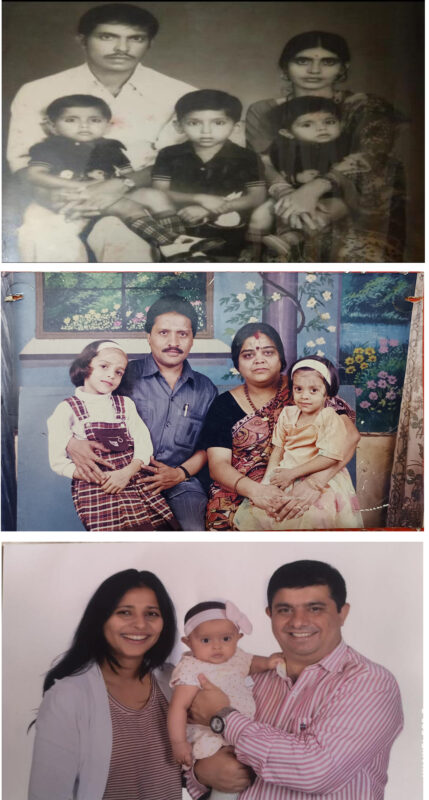
They had to open the studio at 4 pm and work until 12 am. “We did not get time to eat – that too during festivities when everyone was busy. But we managed to get pictures for everyone and help them preserve a long-lasting memory with their loved ones”, Khan adds.
Remnants of photo studios
Nawab runs a shop in Jamia Nagar’s Batla house. He believes that living in an era of smartphones and technology has made life easier, but also put their livelihoods at stake. “My father started our photography shop. There used to be different props and backgrounds. But now, props have gone out of style because visual effects have taken over. Earlier, the whole family used to come together to click photographs. Now, there are some school students who come for passport photos. To sustain our livelihood, we started other services like photocopying and providing printouts of online forms and tickets. The photography business has started fading”, he comments.
Mohammad Sabid opened a photo studio named Photopine, where the job paid well, investment was minimal, and the profits were excellent. “It was one of the most profitable vocations. There were many options because photographers worked on their own terms. But with the arrival of smartphones, the industry has suffered damage, and the surviving studios will close down in the next few years”, he says.
When asked about his own studio, Sabid states, “For the first three years, my business was thriving. The earnings were very decent. Gradually, the popularity and efficiency of photo studios began to diminish, and there came a point when I could barely manage to make rent from the shop.”
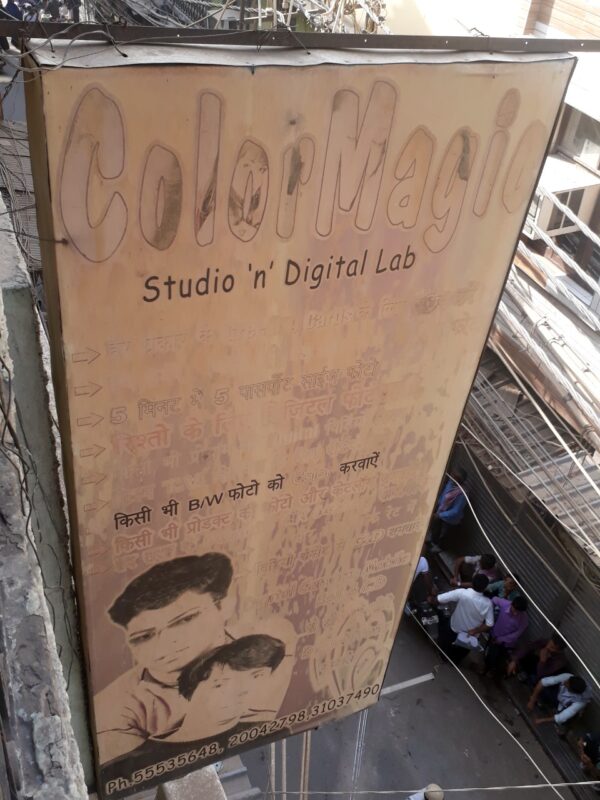
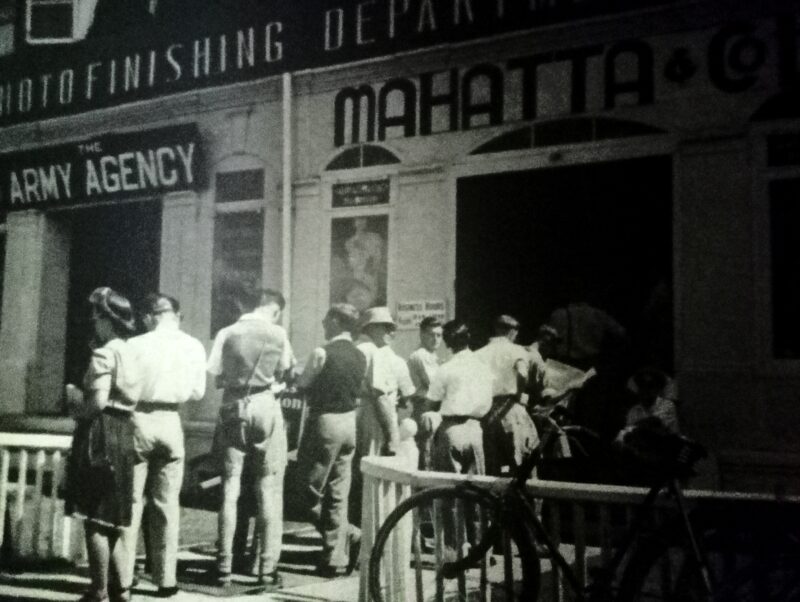
Sabid was suggested by his family to relocate to a profitable location to revitalize his career. And so he did. He says, “I leased an apartment in sector 12 of Noida. For around six months, I had to pay the rent with my savings. That’s when I decided to close the shop and freelance.”
Earlier, people used to rent cameras, even the smaller ones, for various occasions and vacations. According to Nawab, people still buy cameras on rent – but not the small Kodak cameras. Customers now prefer expensive and digitally advanced cameras on rent. “But the number of these customers is very less, and the utility is only for photoshoots”, he says.
A saturated market
While photography studios did exceedingly well for over a decade, for the latter part of the business, rising competition and evolving technology made it impossible for them to catch up.
“The situation is terrible. We used to see 80 to 90 clients daily, but now we see no more than ten. In the 1990s, we had five people working with us, but as our business collapsed, we couldn’t afford to pay them, and had to let them go”, Khan explains.
Cellphones and computers have made it difficult for businesses to expand and succeed. “People began taking photographs with their phones, and everyone had computers and printers in their office. So, travelling to a photo studio was not preferred”, he adds.
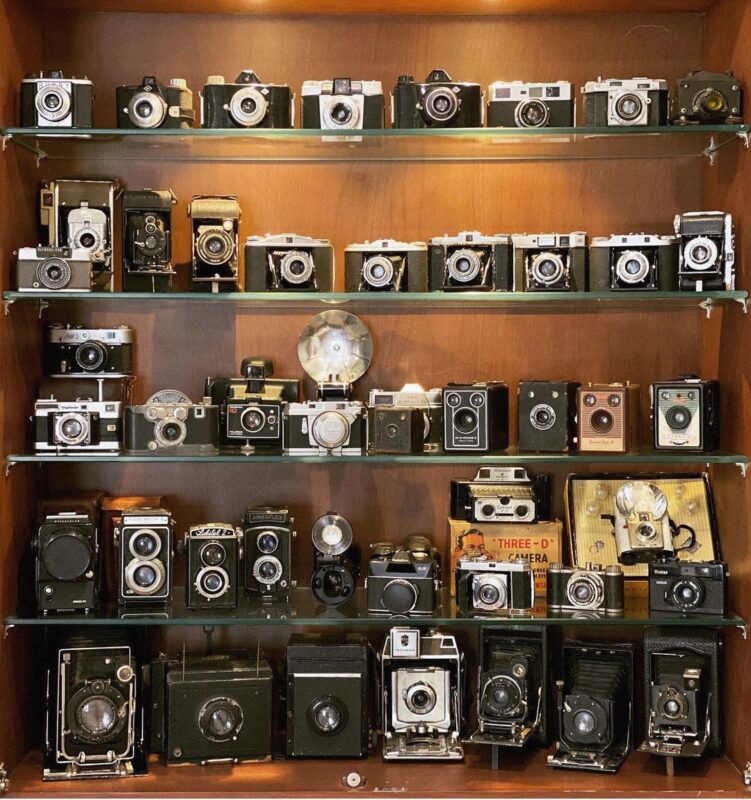
To revive the business, Khan says, they circulated pamphlets all over old Delhi – be it printing photos on shirts and coffee mugs, or designing a website for the studio. “It required larger investments in the initial period, and then, because profits weren’t assured, and in the last few years inflation has been on a rise, we’re struggling to make ends meet. So, buying a new photo studio was out of the question”, Khan says.
Khan is pessimistic about the revival of photo studios. “I have made peace that in the coming few years, I’ll have to close the studio. Whatever 10-15 customers I get in a day is good. It’s heartbreaking really. But I’m doing freelancing as well”, he says.
In a 25-year-old shop in Harola, which began with three rooms and has now shrunk to one, you can get your photos clicked, photocopied, and printed for your documents, coffee mugs, and albums. They also repair cell phones. The majority of this work is done by a 13-year-old boy who manages the shop when the owner is on a break.
To financially support his family, the boy started working part-time at this studio a year ago, and has learned all of the talents that the studio offers.
When asked if the studio was doing well, the boy says, “We receive enough work since we offer a range of services besides photography. We cannot run our photo studio solely on photography. People come for passport photos these days, for which we receive a measly amount of Rs 50-60 for 15 photos.”
He adds that their major earning source is through repairing mobile phones, but many people also visit the shop for filling online examination forms for government jobs.
Mahatta’s – picturing the past
Mahatta’s photo studio at Connaught Place was established more than a century ago in Srinagar, with its branches in Gulmarg, Pahalgam, Murree, and Rawalpindi.
“Madan Mahatta founded the Mahatta Studios in 1915 in Kashmir. At that time our business was popular all over India, but when the first Indo-Pak war happened, we moved to Delhi”, said the founder’s son, Pawan Mahatta.
He says it took some time for their business to find a footing in Delhi. “We used to sit in front of the embassy restaurant with just a showcase, then we brought the place near the embassy, and our business started blooming gradually”, he adds.
“Earlier, we had around 90 employees working for us, but only 15 now. Gradually, we became digitally advanced but didn’t forget our roots. We still have an archive of old pictures and families. The new generations are our customers too, and if you have the photo numbers, we can give you the pictures,” he continued.
Blessed with the arrivals of Maharani Gayatri Devi, Amitabh Bachchan, Kapil Dev, Satish Gujaral and the legendary artist M. F. Hussain at their studio, Mahatta’s has been the biggest name in photography. With the introduction of digital photography in 1954 and colour photography in 1984, their journey goes on.

The foreign connection:
“It took 10 people to work overnight in order to complete the hoardings of Mikhail Gorbachev”, said Mahatta.
In 1986, when Gorbachev was about to visit India in official capacity, the Indian government approached Mahatta for the advertisements, posters and hoardings which were to be displayed all over Delhi.
“Mrs and Mr Gorbachev arrived, and the huge 10x 8 posters were produced overnight, mounted and given to the government”, Mahatta stated.
Those were the days when Mahatta’s didn’t have digital equipment, so it was all work of precision. It was all done in the darkroom and was quite an adventure work, and not a fillable night.
Lights, Camera… Click!
“Once, Amitabh Bachan wanted to visit our studio after we helped him learn photography”, said Mahatta.
During the shooting of his film Coolie, Bachchan was seriously injured. He was in Delhi, living with his parents in Mehrauli, when he decided to learn photography. “We taught him, and then, he decided to visit our studio. When Bachchan Saheb was here, he met our staff members, saw print room collections and archives. There was mayhem outside CP. People were dying to see him; he was worried about returning to his car. We took them through the back door which is now the common entrance, while the media and crowd waited at the front door”, Mahattta recounts.
What future holds
In recent years, photographers have begun renting studios to make extra money and keep the business moving. One such studio, A Frame In Motion in Sector 3 of Noida, has a modest production studio.
The owner, Akshay, claims that they have recently purchased the property and everything is going well so far. “We’ve received five clients in the previous month. We rent out the space to clients, and on other days, we concentrate on our duties. It provides us with financial security and a location that is favourable for our careers,” he says.
For more stories that cover the ongoings of Delhi NCR, follow us on:
Instagram: instagram.com/thepatriot_in/
Twitter: twitter.com/Patriot_Delhi
Facebook: facebook.com/Thepatriotnewsindia


